Things have been rather quiet around here lately. I came down with a bad virus and had to step back from everything for a while to rest, rest, rest. I’m doing a bit better this weekend thanks to good medicine, but we’re still waiting on test results to figure out what to do next.
Before things got really bad, I was able to spend a day with some of my Viking friends. I’ve been waiting all week to tell you about our adventures learning how to dye linen with indigo, red and brown onion skins, and ferrous.
It was a wildly stormy day so we decided the best thing was to start with a cuppa.
Then we organized our gear: powdered indigo, bags of dried onion skins, little pots of ferrous and various powders. We set out all our buckets and stirrers and recipes, and submerged our unbleached and bleached linen pieces in vats of clean, cold water to get thoroughly saturated
My Dutch-Aussie friends, Mieke and Kate, are old hands at dyeing. They’ve been dyeing fabrics for years and have the most gorgeous collections of things they’ve made, from a woolen blanket dyed with bits of old iron and turned into a cozy cloak, to billowing sheets of silk dyed in luscious earth tones with eucalyptus leaves before being wrapped around a rusty iron bar, drizzled with salt water, and left for a few days until the rust dyed the sumptuous fabric in mesmerizing patterns.
We chuckled at ourselves looking like witches of old as we poured powders and mixed concoctions and stirred bubbling pots over the fire. Mieke was the chief witch, measuring out everything just so for the indigo dye, stirring gently clockwise and watching carefully for the telltale coppery sheen and flower at the center of the mixture that told us it was ready.
While the indigo dye sat for a bit, we got busy at the fire. One end of the fire was for cooking lunch – a succulent roast lamb and root veggies – the other for pots full of onion skins, alum, and hot water. We were excited to see what colors the different onion skins would create.
The brown onion skins turned the linen a rich buttery yellow.
The red onion skins, amazingly, also turned the linen yellow, but a brighter, clearer yellow, not so rich.
I like them both.
As we worked, the scent of fire-roasted lamb wafted enticingly by, making us ravenously hungry. Soon it was time to sit down and everyone left their jobs – making leather shoes, stitching a woolen garment, squirting brothers with squirt guns – and clustered around the big table for a mighty feast.
I’ve never had such good lamb – moist, tender, full of smoky, garlicky flavor. It went beautifully with the assortment of root veggies also cooked over the fire.
We added thick slices of fresh bread, plump olives, savory sun-dried tomatoes, fruit and nuts, and a glass of red wine, and ate and visited while the rain poured down. Wonderful.
After lunch we tackled dyeing with ferrous. Unlike the onion dyes, ferrous is done in cool water and goes through a couple of stages.
The first stage turns the white linen a muddy sort of gray.
The next turns it a chocolate brown.
And when you expose it to the air – the magic happens. The brown disappears and the fabric gets lighter and brighter until within a few minutes…
It looks like this. Isn’t it gorgeously sunny and wonderful?
After it dried awhile, Kate double-dipped the fabric and it became a richer, deeper shade, almost a rust. So beautiful.
Our final project of the day was dyeing with indigo.
Indigo is pure magic to me. The name conjures up images of exotic Bedouin women swathed in layers of luscious indigo robes billowing in the desert winds.
Unlike the onion dyes which could be stirred vigorously, or the ferrous dyes which involved squeezing and swirling the fabric, indigo dyeing is a slow, methodical process. The fabric is carefully lowered into the vat of dye and gently submerged and oh-so-gently stirred to avoid any air bubbles.
When the linen is brought up from the indigo dye bath, it’s not much to look at, the color a rather insipid blue-green.
But as the air hits the fabric, the chemistry happens, and before our eyes it transformed from sickly green to gorgeous turquoise to…
…a rich indigo blue.
Learning to dye linen was an incredible experience. I’ve wanted to play with natural dyes for a long time and I loved learning from Mieke and Kate.
I drove home that night in the pouring rain, inspired to experiment with things growing in my gardens, orchards, and our woods and fields. I want to try red cabbages and fennel fronds, gum leaves and mulberries. I’m especially looking forward to a dyeing project with my friend Mim, who is going to teach me how to dye with madder.
The pieces I dyed with Mieke and Kate are going to be turned into a medieval quilt to keep Bear and I cozy on our medieval camping trips. I’ll keep you posted on how it goes.
Have you ever used natural dyes? What color would you like to learn how to make? xo

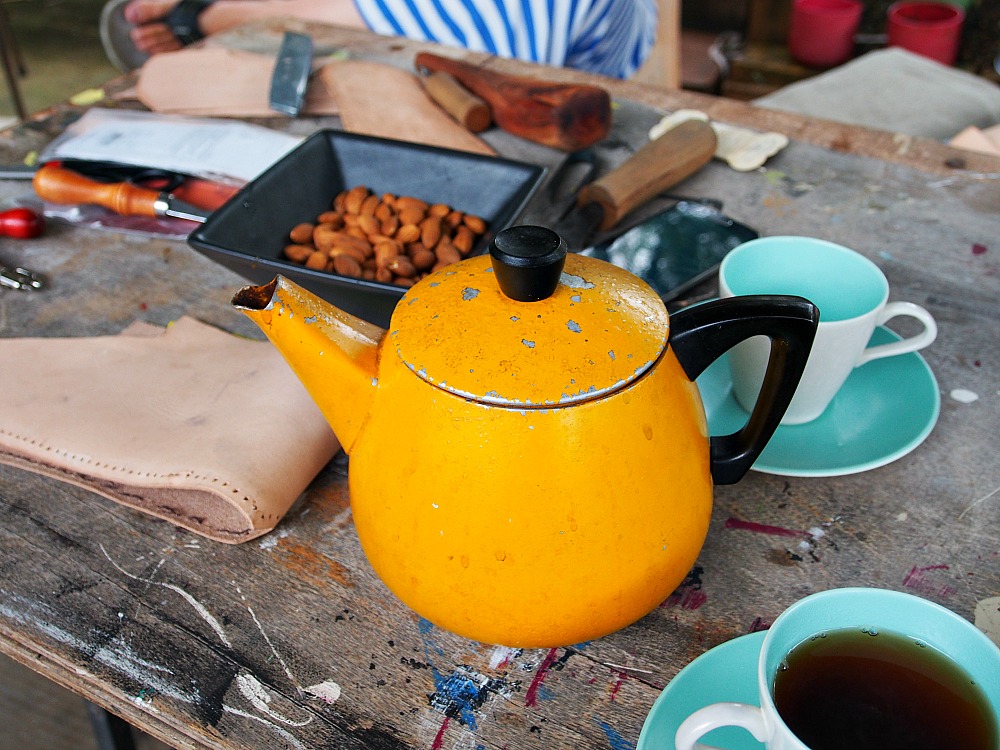
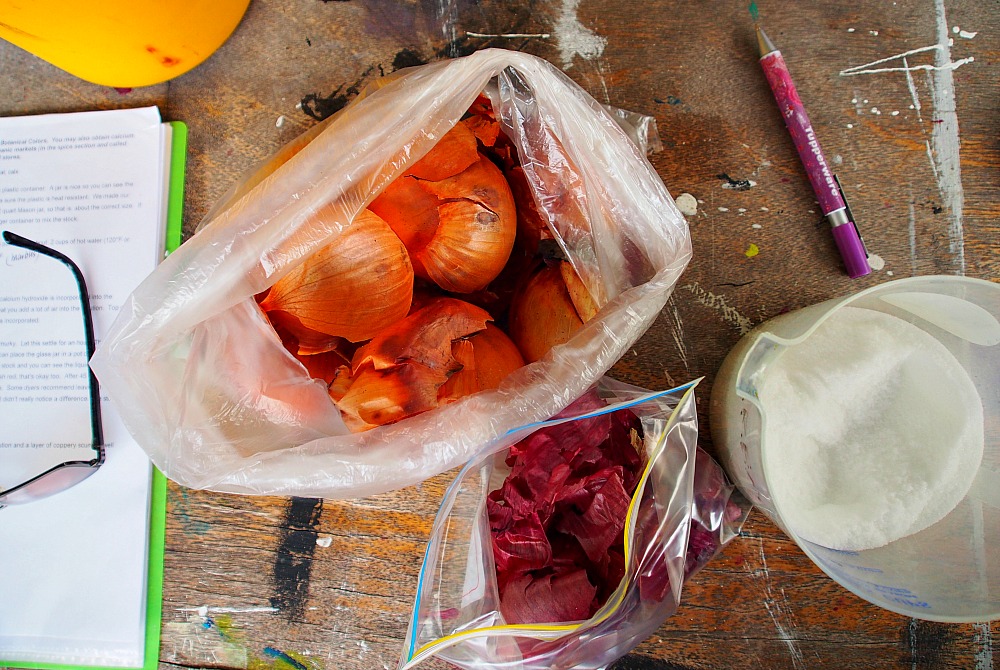
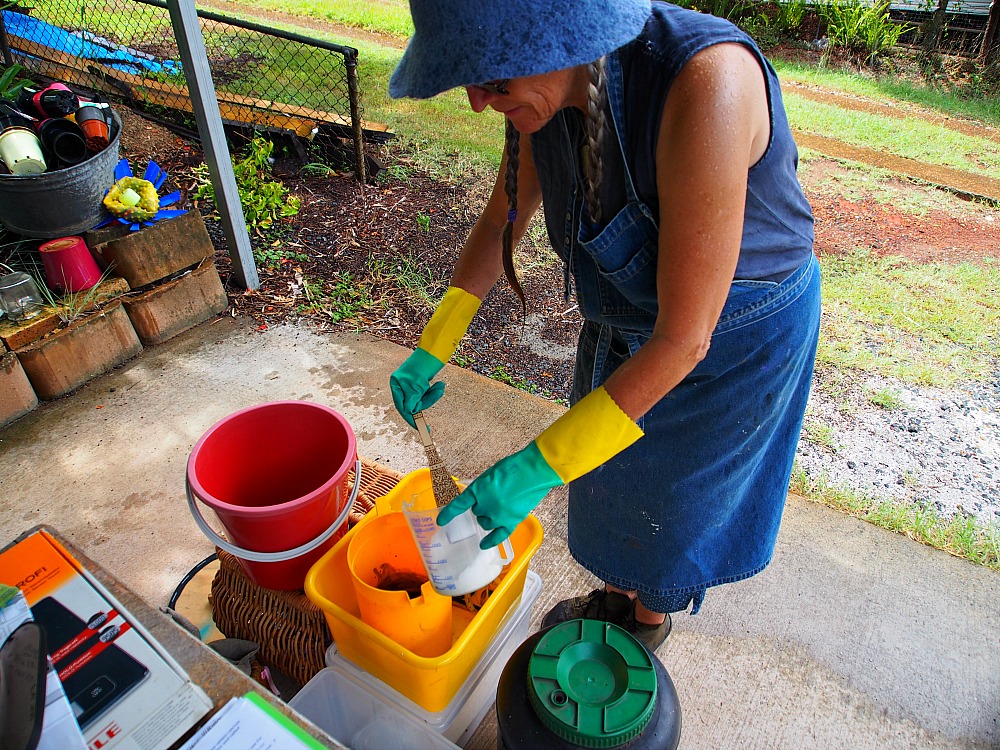
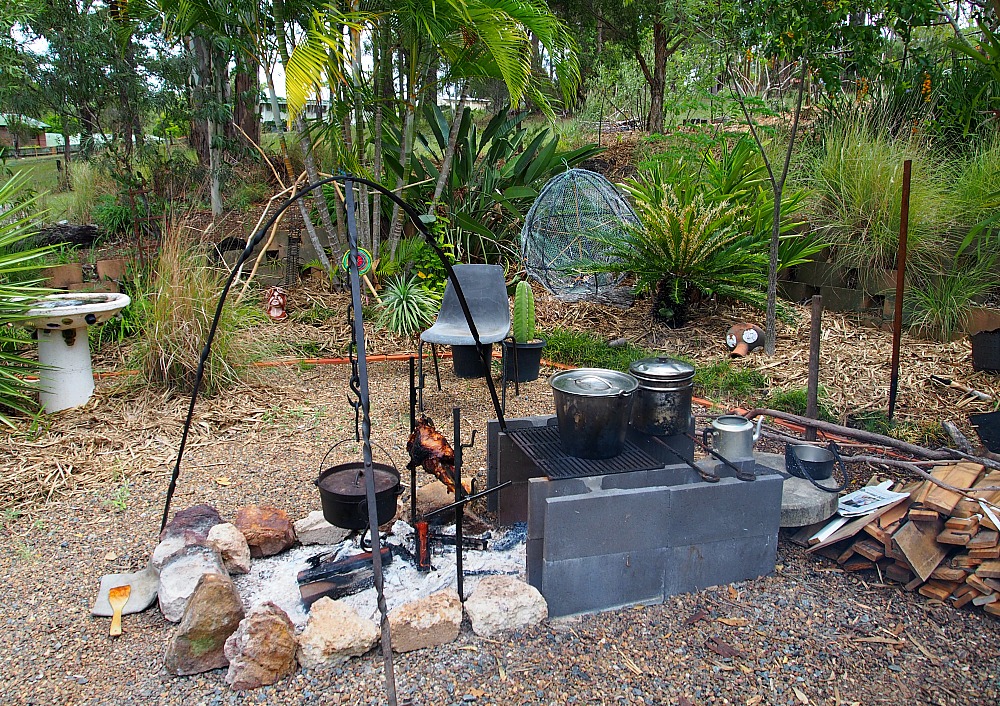
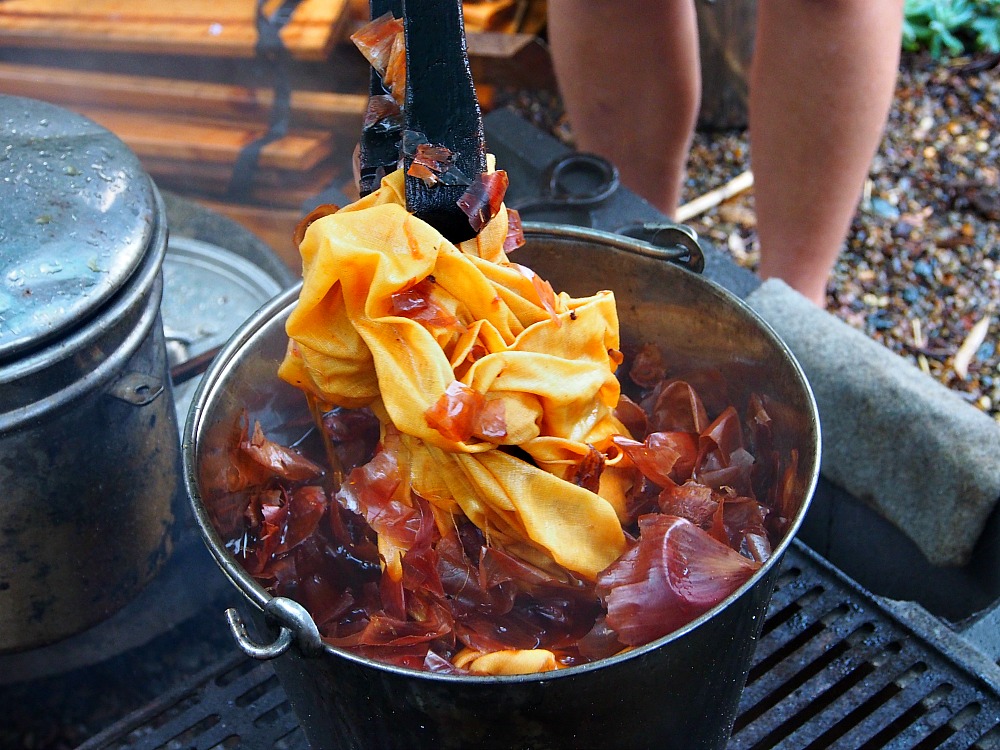
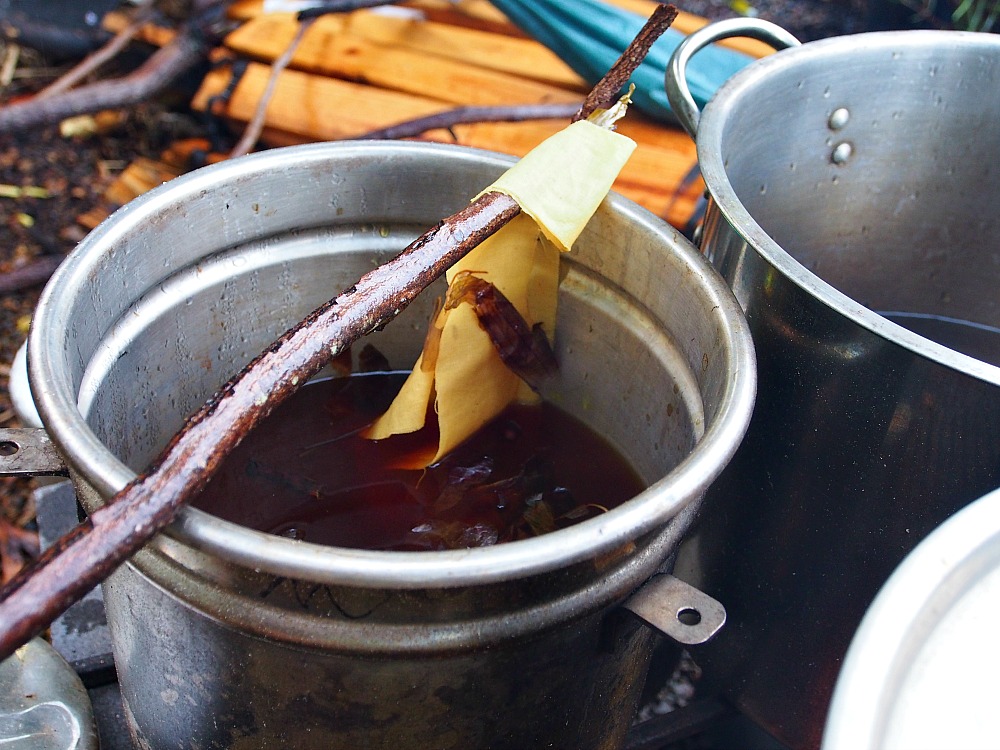
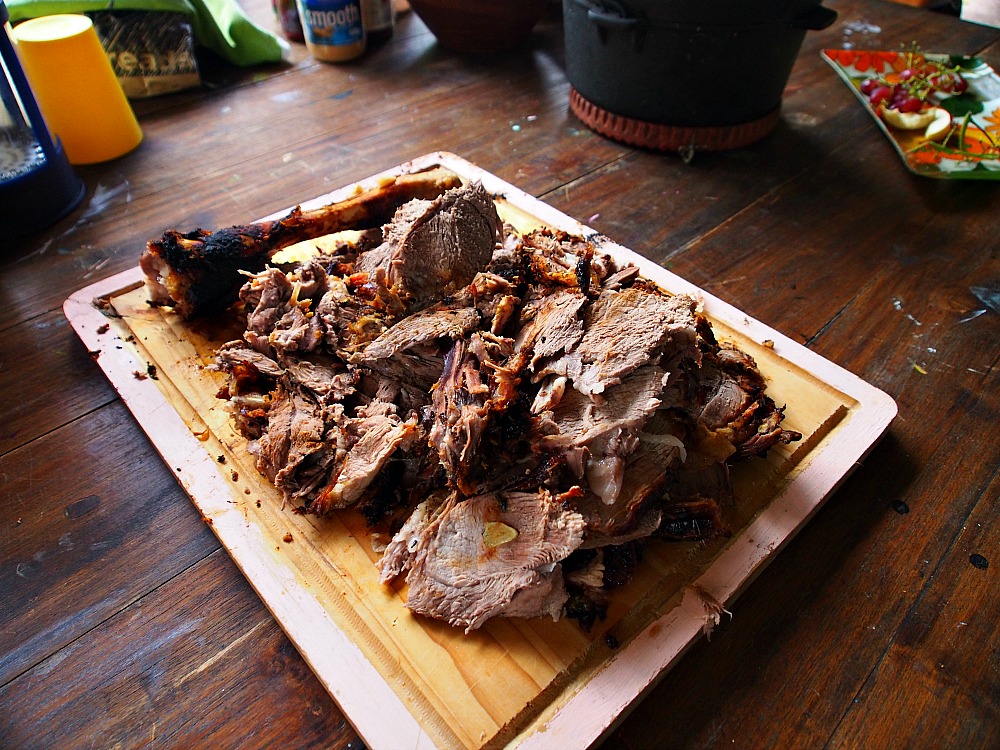
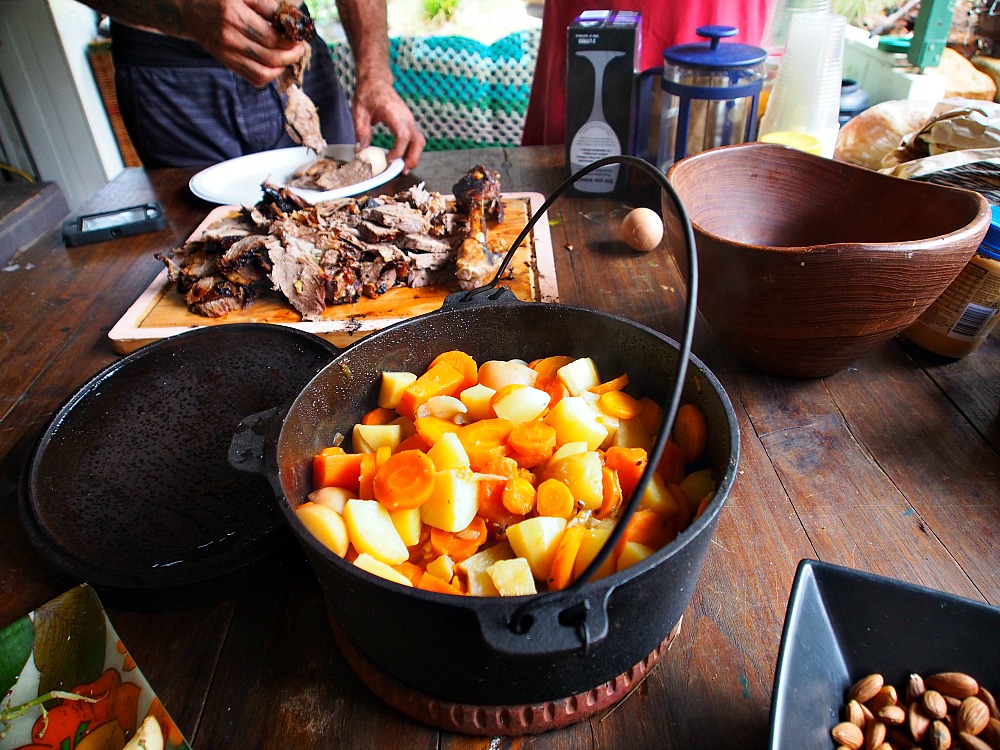
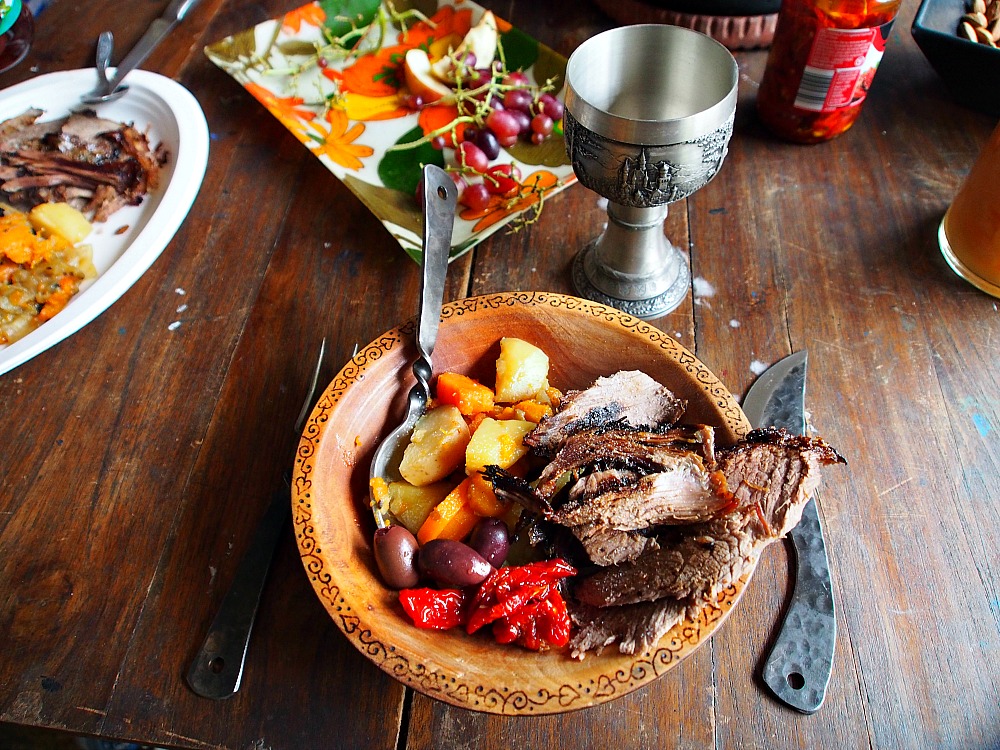
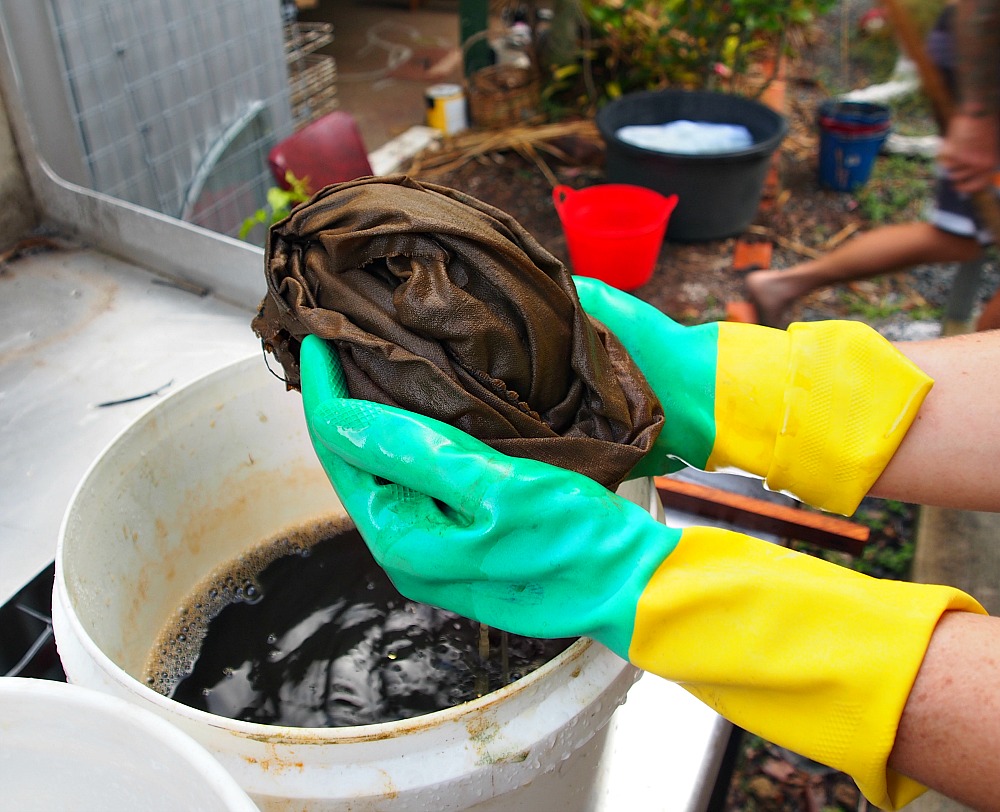
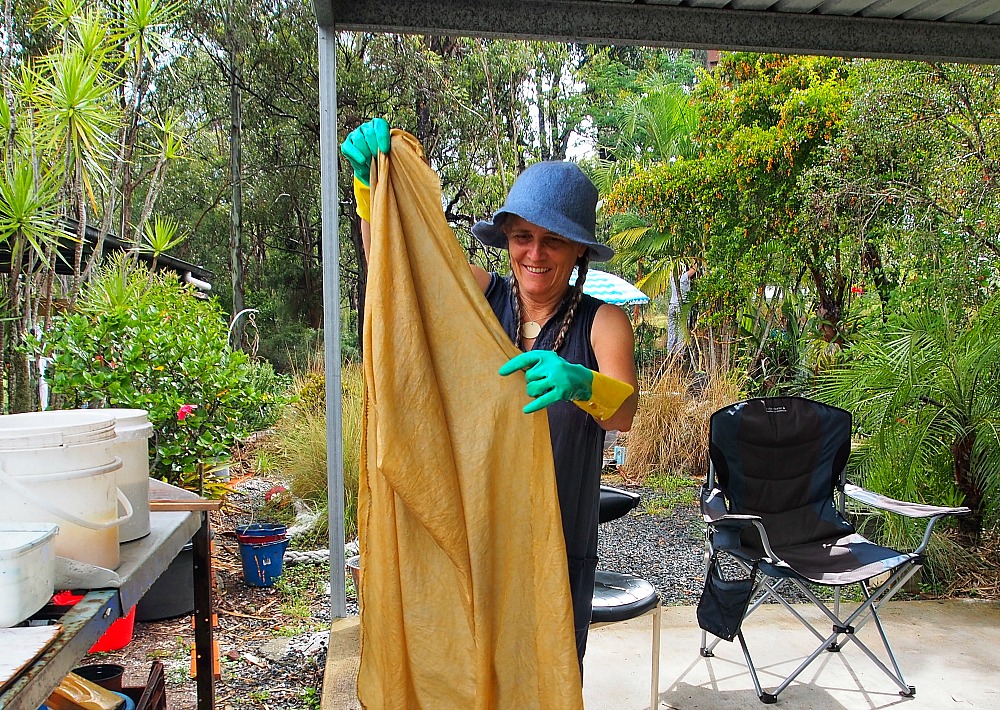
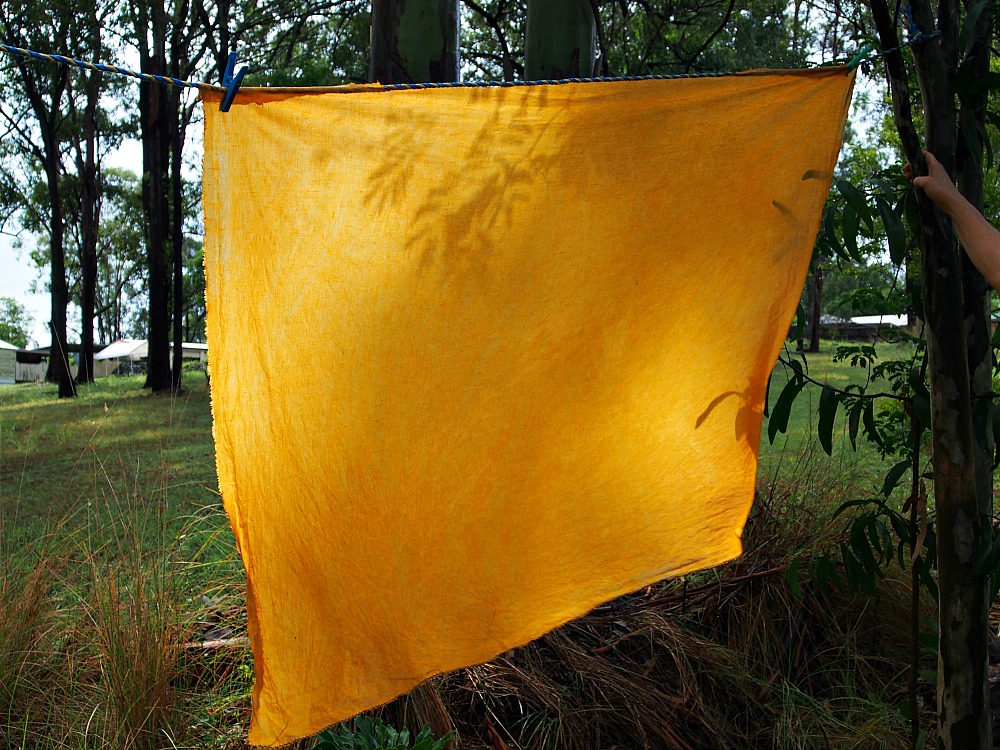
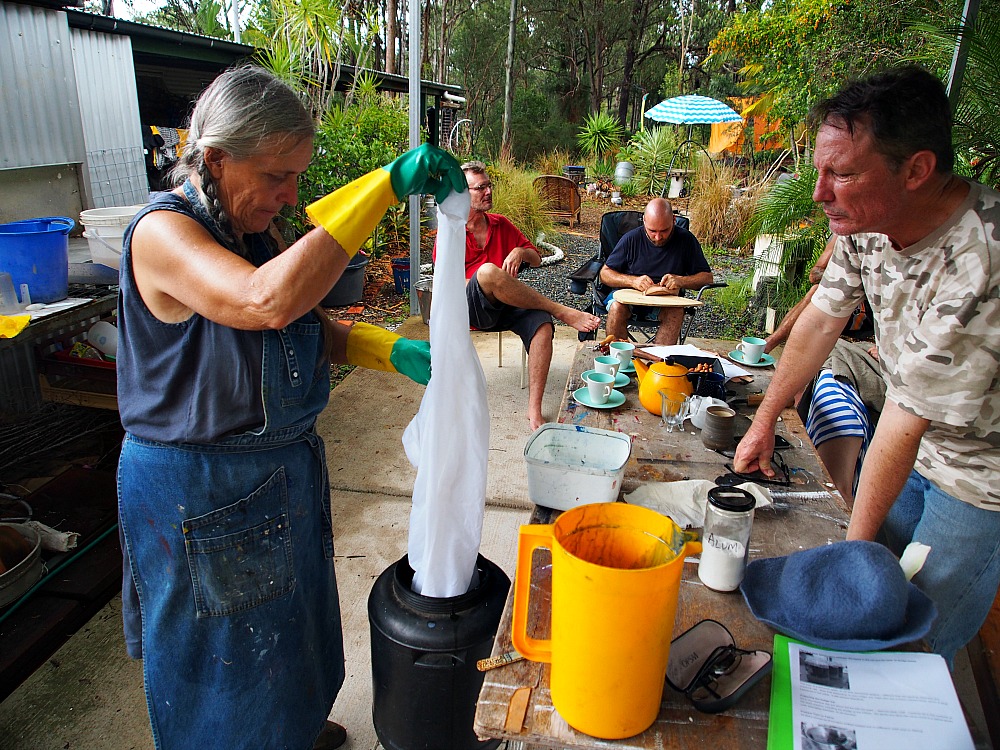
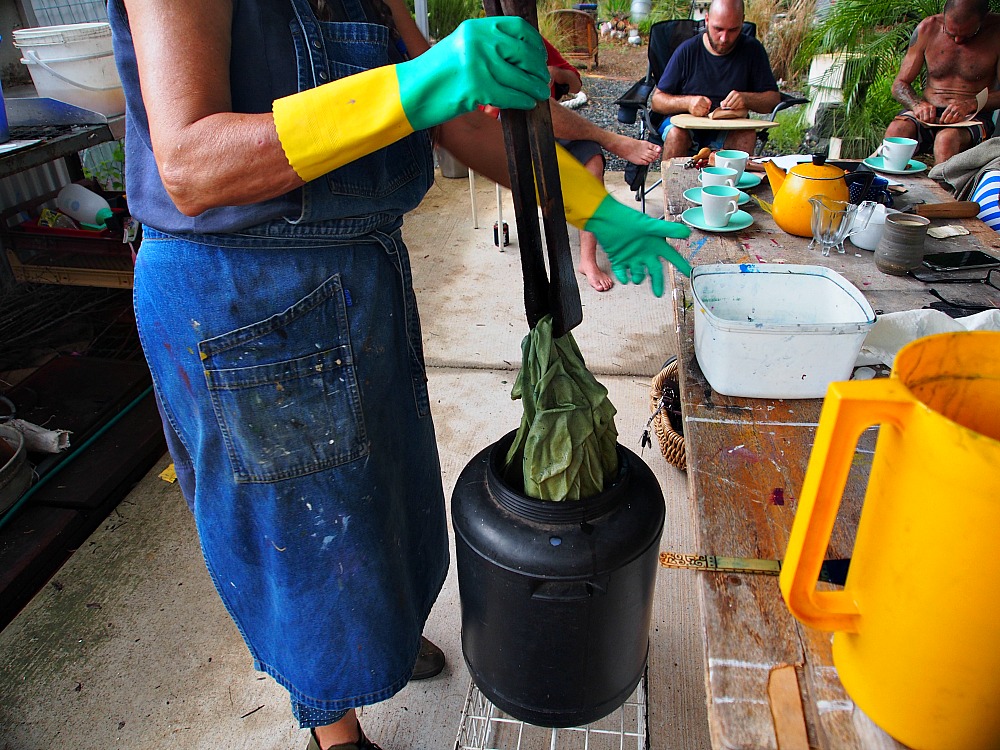
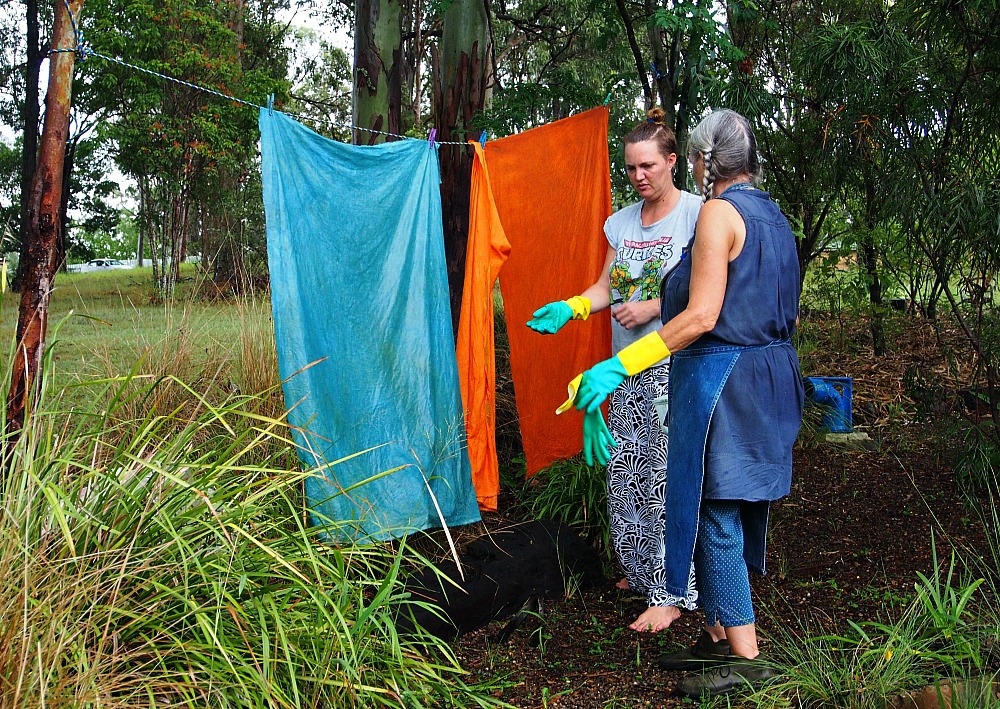
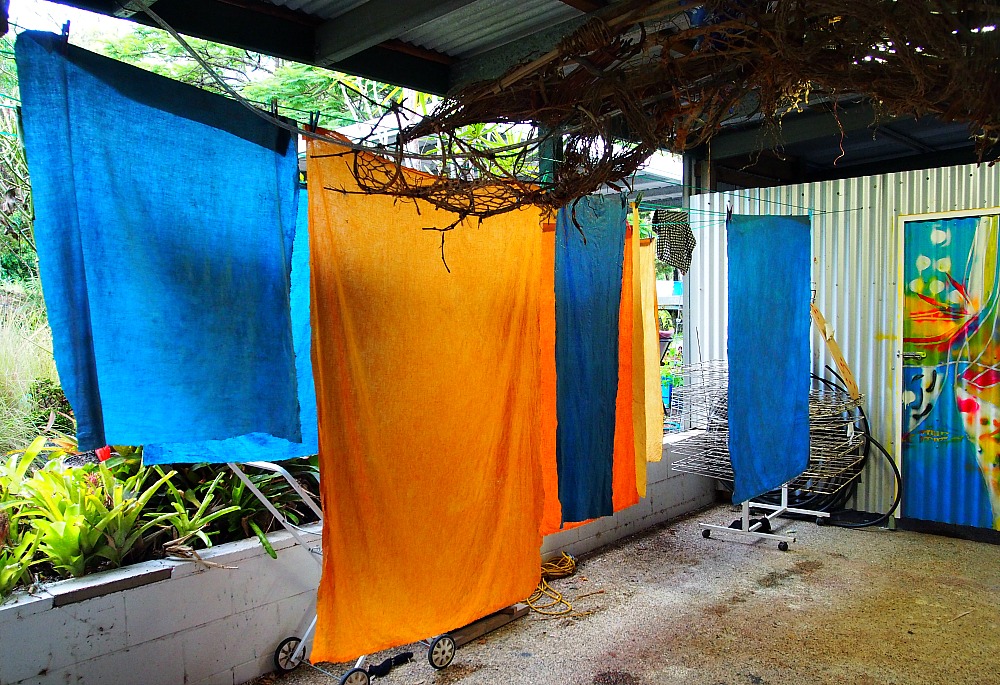
Loved reading about your dyeing experience and your vi rant pictures! I have a dear friend who dyes and sells her fabrics and patterns. Check out her site, I think you will enjoy it! http://tierneybarden.com
So sorry you got sick and hope you are feeling better. I so love your posts and optimistic spirit.
What an amazingly fun day! I’ve never really dyed things successfully but I guess you really need a bit of expert advice as you had here 😀
It is amazing how the colours change before your eyes. The black Hmong tribes at Sapa in North Vietnam use indigo plants to dye their traditional clothing. They dip it twice a day for a month until the material becomes a very dark blue/black (hence Black Hmong). Then it is embroidered. The womens’ hands become blue and even the water buffalo sometimes have the bottom few inches of their legs dyed blue too, no doubt from standing in runoff. The indigo plant is grown there and has green leaves and looks like a basil plant!
I would love to make natural food dyes Krista. Your fabrics came out amazing!
What a fun experience. I first saw dying with natural colors in Peru. The most surprising was using cactus to dye and the color was red. What a fun experience and especially the lamb. Looks so delicious and tasty. I could almost taste the lamb. Great post and great pictures 🙂
I didn’t realize onion skin was a dyeing agent. How cool!
This is amazing. Love natural dyes. The onion skins also make a a beautiful brown stock
Such a cool post, never saw the dyeing process like this before. I have heard if the onions though. The colors are gorgeous. And wow on the lamb!
What an amazing day. So many people that have amazing skills around you Krista. Hope you are feeling well.
Hope you are feeling better. What an interesting and fun day you had. You can read how to do things but experiencing how dying is accomplished in person has to be so much more valuable.
Wow, what an outdoors cauldron. Makes me want to be a witch, too. Loved the lamb. Could almost taste how good it must have been.
What a fun experience, when I was growing up, my mom was really big into dying with natural ingredients, she dyed her wool, we got some pretty rad jumpers. 🙂
I would be keen on making something beetroot red/pink/purple.
Hope you are feeling better lovely one, healing happy energy coming your way. xox
That lamb looked amazing!!